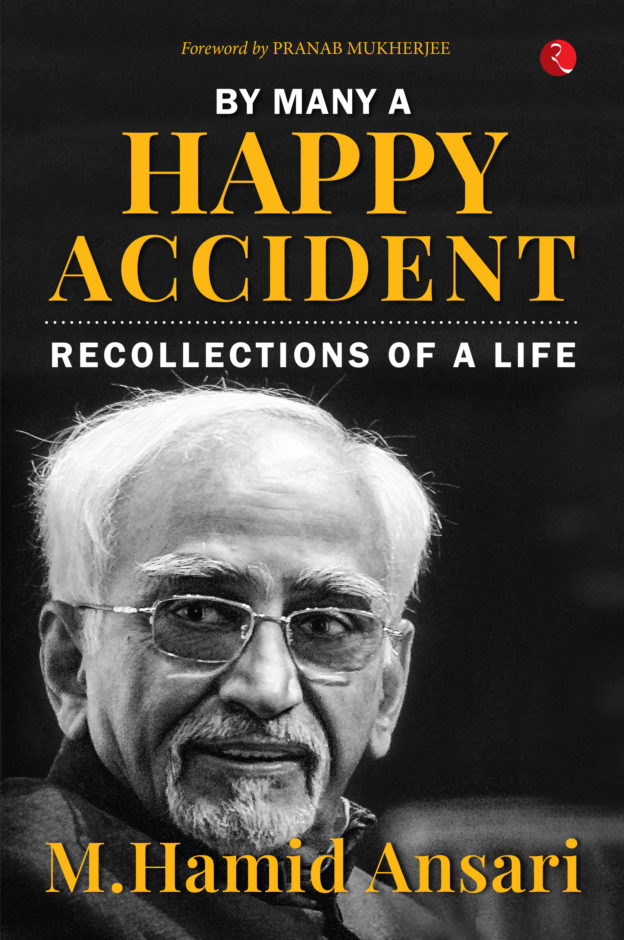History of Indian Air Defence Artillery 1940-1945
Availability :
In Stock
₹ 1,031.55
M.R.P.:₹ 1495
You
Save: ₹463.45 (31.00% OFF)
(Inclusive
of all taxes)
Delivery:
₹ 60.00 Delivery charge
Author:
Colonel Mandeep Singh
Publisher:
Manohar Publishers
ISBN-13:
9789391928643
Publishing Year:
2024
No. of Pages:
241
Weight:
1 kg
Language:
English
Book Binding:
Hardcover











